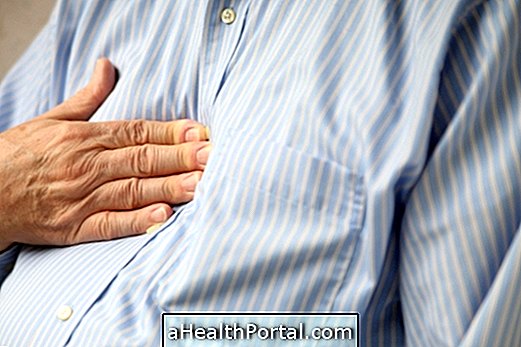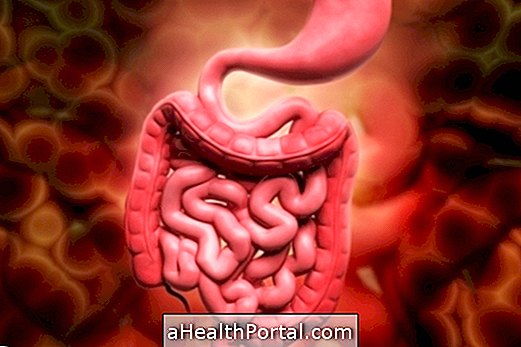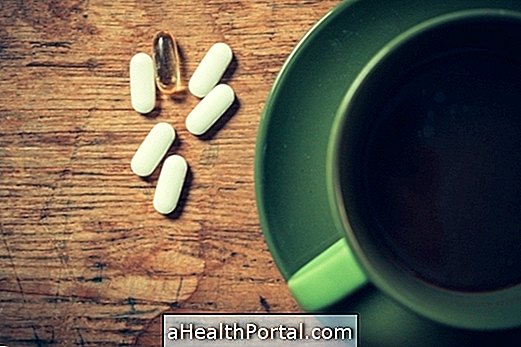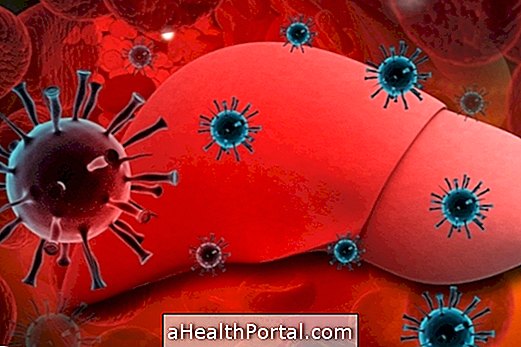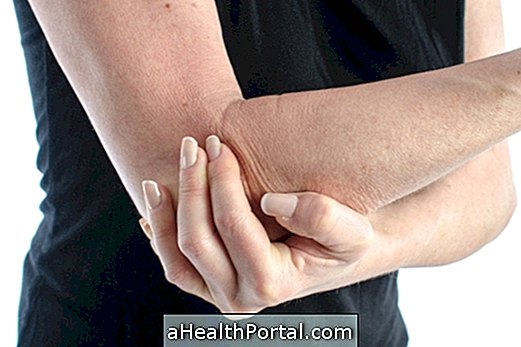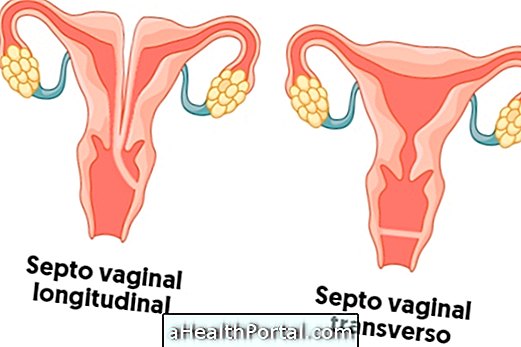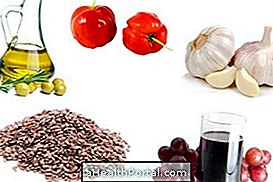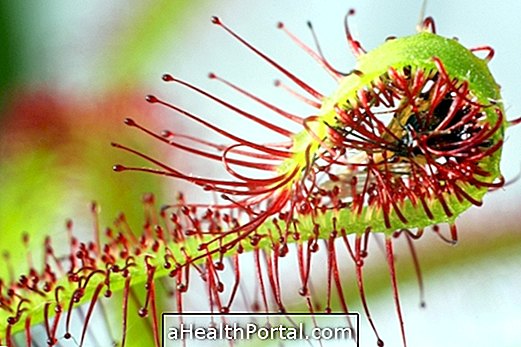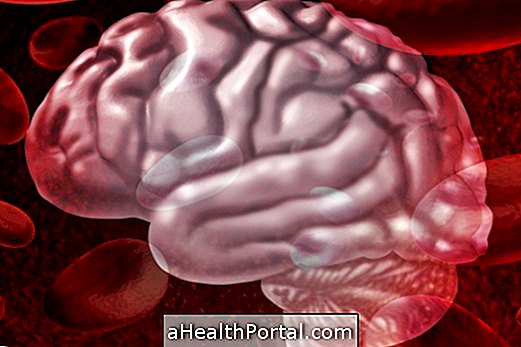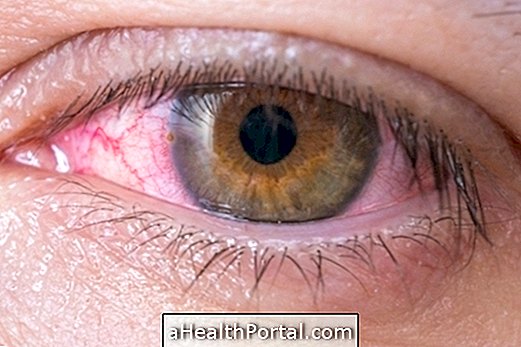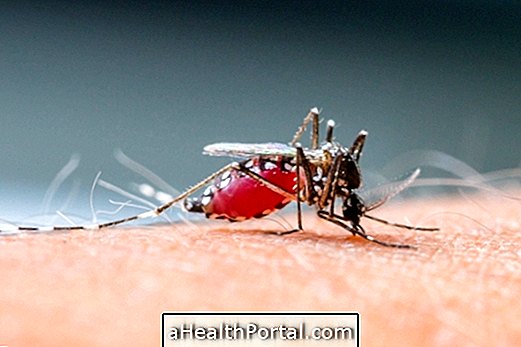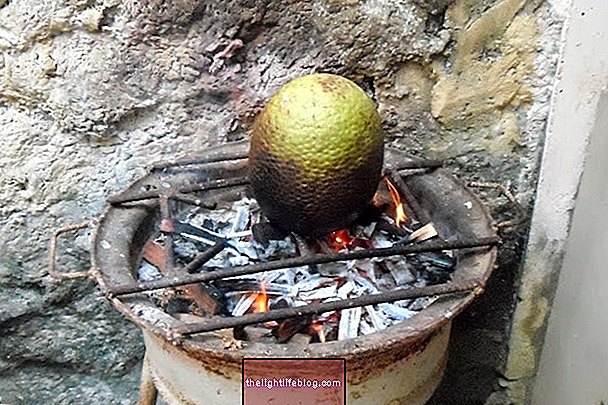The digestive hemorrhage arises when a bleeding appears in some place of the digestive system, being able to be classified in two main types:
- Upper digestive haemorrhage: when the bleeding sites are the esophagus, stomach or duodenum;
- Low Digestive Hemorrhage: When bleeding occurs in the small, large or small intestine.
Generally, symptoms of low gastrointestinal bleeding include the presence of live blood in the stool, while upper gastrointestinal bleeding includes the presence of blood already digested in the stomach, which usually leaves the stool darker and odor-deeper.
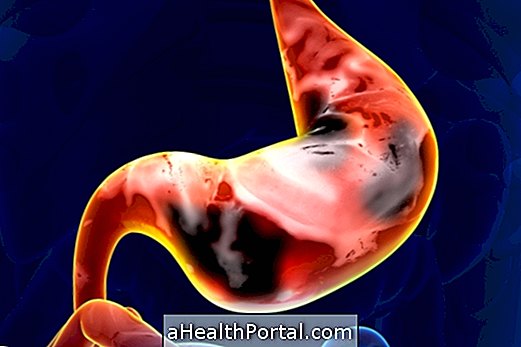
What can cause bleeding
The causes of digestive hemorrhage vary according to the type:
High digestive bleeding
- Gastric ulcer;
- Duodenal ulcer;
- Esophageal-gastric varices;
- Cancer in the esophagus, stomach or duodenum;
- Perforation of the esophagus, stomach or duodenum.
Learn more about upper gastrointestinal bleeding.
Low Digestive Hemorrhage
- Hemorrhoids;
- Anal fissure;
- Intestinal polyp;
- Crohn's disease;
- Diverticulosis;
- Cancer in the gut;
- Intestinal perforation;
- Intestinal endometriosis.
The most correct way to identify the cause of bleeding is usually to do an endoscopy or a colonoscopy, because it allows you to observe the entire gastrointestinal tract in order to identify possible lesions. If lesions are identified, the physician usually also collects a small sample of the affected tissue for laboratory analysis to identify if there are cancerous cells.
See how endoscopy is done and how to prepare for the exam.
How is the treatment done?
Treatment for gastrointestinal bleeding varies according to the cause of the disease, and may include blood transfusion, use of medications, and in some cases, surgery.
In less severe cases, the patient may follow the treatment at home, but in more severe cases when there is a great loss of blood, hospitalization in the Intensive Care Unit may be necessary.
Main symptoms
The symptoms of digestive hemorrhage may vary slightly depending on where the bleeding is.
The symptoms of upper gastrointestinal bleeding may be:
- Vomiting with blood or blood clots;
- Black, sticky stools and very bad smells;
Already the symptoms of low digestive hemorrhage can be:
- Black, sticky stools and very bad smells;
- Live red blood in the stool.
When it comes to severe bleeding, there may still be dizziness, cold sweats, or fainting. If you have these symptoms consult with a gastroenterologist. The tests that may help diagnose digestive haemorrhages are upper endoscopy or colonoscopy.
